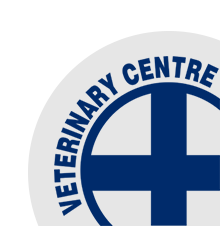Dry Cow Therapy
/There is only one outcome we are interested in when we consider dry cow therapy and that is to have as many cows as possible calving without an infection. To achieve this, any cows that are infected at dry off need to have that infection cured and not acquire a new infection. Cows that are not infected at dry off, need to be protected against new infection. For the majority of cows dried off from now onwards, Cepravin will provide adequate protection against new infection for the duration of the dry period and obviously cure existing infection. There is also the option for cows that are not infected to use Teatseal to protect against new infection for the entire dry period. There are rules based on the history of the cow that allow us to be very confident that a cow is not infected at dry off.
A mixed age cow can be considered not infected at dry off if all four herd tests were less than 150,000 and there were no cases of mastitis. A first lactation heifer can be considered not infected if all four herd tests were less than 120,000 and there were no cases of mastitis. If the BMSCC is under control and not rising at the end of the season these rules allow a significant number of cows on many farms this year to be protected for the whole of the dry period with Teatseal.




